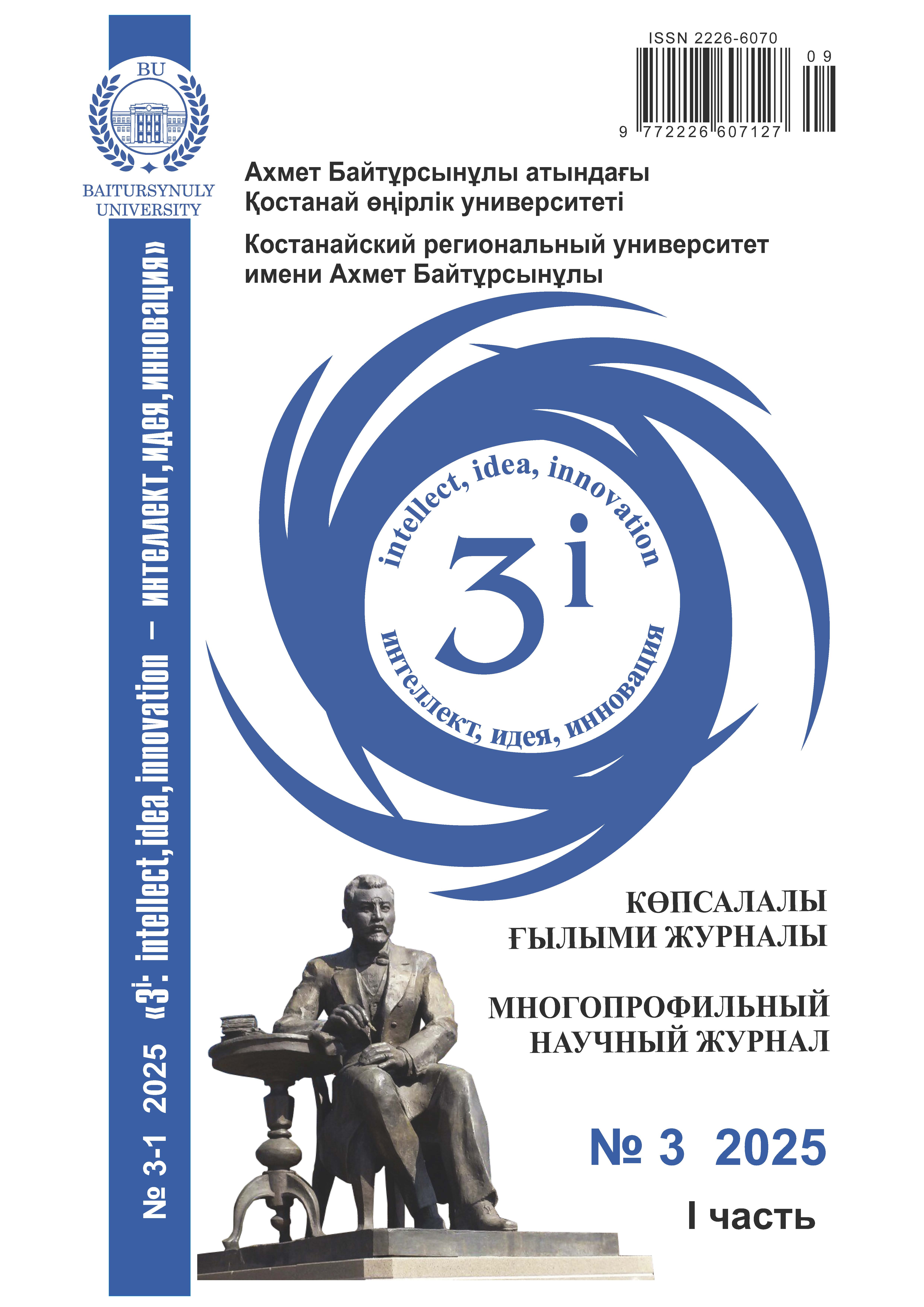CONDITIONS OF THE VERTICAL SOIL ZONALITY IN PHYTOCENOSES IN THE SOUTH-EASTERN KAZAKHSTAN
DOI:
https://doi.org/10.52269/KGTD2531149Keywords:
degradation, rotation, vertical (altitudinal) zonality, natural zone, soil moisture, yield, animalsAbstract
One of the key priorities in the development of the country’s agro-industrial complex is the management of pasture resources, with a particular emphasis on their rational use. In Kazakhstan, characterized by its arid climate, there are two main approaches to pasture irrigation. The first relies on open water sources (streams, springs, rivers, and lakes), which can supply only 30–32 million hectares of pastureland (1/5 of the total area). The second involves the extraction and delivery of groundwater to the surface through engineering structures located near settlements. The regulation of pasture use is particularly critical in Zhambyl region, where agricultural land covers more than 4.5 million hectares, 65% of which (2.9 million hectares) are pastures. Notably, over 5,000 agricultural entities in the region possess pastureland but keep no livestock, while most livestock is owned by the rural population, who in turn lack access to pastures. Against this background, this study aimed to develop scientific approaches to the rational use of pasture resources, using the example of remote grazing in the Kordai district of the Zhambyl region. The research was carried out on the land of the Batyr peasant farm. Its pastures are divided into five independent plots located across three geographical zones: foothill-steppe (950 ha), foothill dry steppe (1,370 ha), and foothill semi-desert (1,880 ha), with a total area of 4,200 ha.




